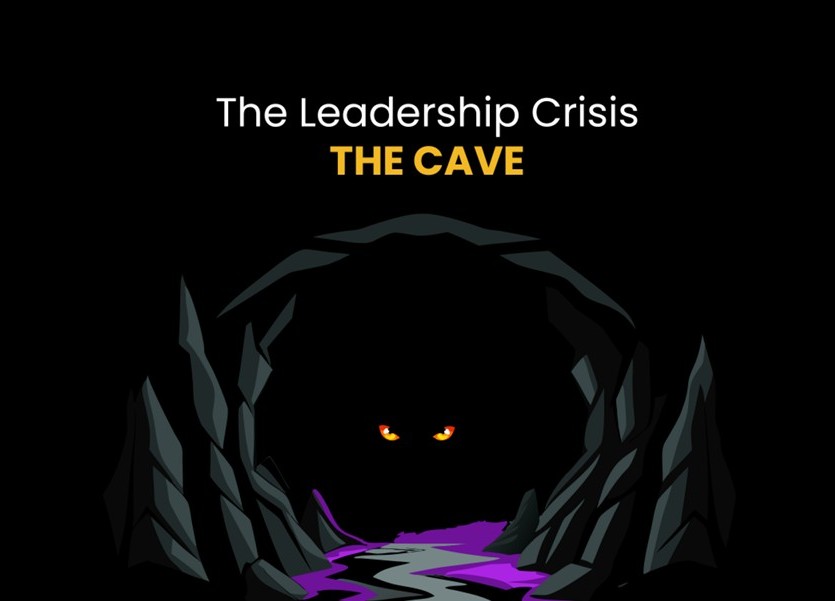Jan29

In the dynamic world of business management, the Balanced Scorecard (BSC) stands out as a strategic planning and management system extensively used by organizations across various industries. Developed in the early 1990s by Dr. Robert S. Kaplan and Dr. David P. Norton, the Balanced Scorecard has evolved from its initial focus on performance measurement to a full-fledged strategic planning and management tool.
The Genesis of the Balanced Scorecard
The Balanced Scorecard emerged as a solution to the limitations of traditional financial metrics, which were increasingly seen as inadequate for assessing a company’s complete performance landscape. Kaplan and Norton introduced the BSC as a framework that adds strategic non-financial performance measures to traditional financial metrics, providing a more ‘balanced’ view of organizational performance.

The Four Perspectives of the Balanced Scorecard
The genius of the Balanced Scorecard lies in its holistic approach to performance measurement, encompassing four key perspectives:
Implementing the Balanced Scorecard
Implementing a Balanced Scorecard involves several steps:
Benefits of the Balanced Scorecard
The Balanced Scorecard offers several benefits:
Conclusion
In conclusion, the Balanced Scorecard is a powerful tool for organizations seeking a more comprehensive and balanced approach to strategy implementation and performance management. Integrating financial measures with other key performance indicators provides a more complete picture of an organization’s health and effectiveness, driving better decision-making and, ultimately, enhanced performance. As businesses evolve in an increasingly complex environment, the Balanced Scorecard remains a relevant and valuable tool for achieving strategic success.
Take Your Business to the Next Level
Visualise Solutions helps medium-sized businesses innovate and make measurable progress towards their business outcomes so their companies thrive.
Elevate your business results with expert innovation and strategy, including advanced business model innovation, effective OKR, and balanced scorecard frameworks.
By Andrew Constable MBA, XPP, BSMP
Keywords: Business Strategy, Leadership, Management
 China Outpaces U.S. in Shipbuilding: 1,000 to 8
China Outpaces U.S. in Shipbuilding: 1,000 to 8 China Outpaces U.S. in Shipbuilding: 1,000 to 8
China Outpaces U.S. in Shipbuilding: 1,000 to 8 The Innovation Dilemma: Open-Weight Versus Proprietary Models in Knowledge Distillation
The Innovation Dilemma: Open-Weight Versus Proprietary Models in Knowledge Distillation From Caves to Corner Offices: Why Grant McGaugh’s “First Light” Breaks Every Rule of Business Literature
From Caves to Corner Offices: Why Grant McGaugh’s “First Light” Breaks Every Rule of Business Literature Why Risk Strategy Starts with Trust
Why Risk Strategy Starts with Trust